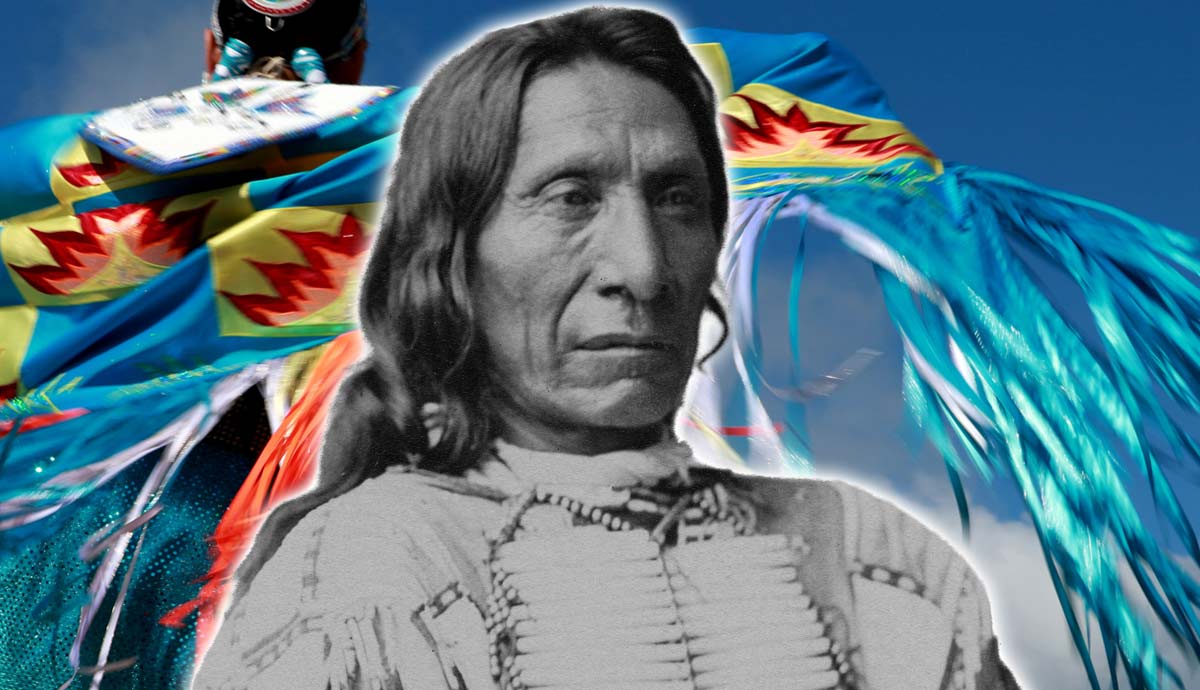The Lakota War Chief Who Defied the United States
Red Cloud, Mahpiya Luta. Source: Akta Lakota Museum & Cultural CenterThe cause of Red Clouds defiance stemmed from the U.S. Armys 1865 fort construction in the Lakota territory. Here, the Army sought to protect American settlers using the Bozeman Trail, rushing to gold mines further west. The Trail cut through the Powder River Basin, traditional Lakota hunting grounds, and given to the tribe via an 1851 treaty.In June 1866, Red Cloud discovered the Armys fort building during peace talks at Fort Laramie (Wyoming). Angered, he vowed resistance. To the Americans future chagrin, theyd found a clever opponent for the duration of Red Clouds War.A Lakota Chief Like No OtherOglala War Chief Red Cloud. Source: Library of CongressBorn in 1822 near the Platte River Forks of Nebraska Territory, Red Cloud hailed from the Oglala Lakota Sioux tribe.At age three, his parents passed, whereupon his uncle, a respected leader named Chief Smoke, raised him. More than an uncle, Chief Smoke taught him about leadership, diplomacy, and the Lakotas strong communal ties. As a young warrior, Red Cloud demonstrated bravery and skill. At 16, he miraculously survived an arrow wound. He fought against the Cree, Shoshone, and other traditional enemies. By the time of this war, Red Cloud was a seasoned warrior.More importantly, Red Cloud possessed tactical skills and a strategic sense. He knew only an organized reaction allowed for any victory against the U.S. Army. Red Cloud proved politically and militarily adaptableand a firm believer in Lakota rights.The Leadup to the ConflictThe Bozeman Trail and U.S. Army Forts in Native Territories. Source: WikimediaAs mentioned, relations between the Lakota and the U.S. Army had been tense for years. Despite the 1851 Treaty of Fort Laramie, continual American encroachment and expansion angered the Native signers.Conflict broke out in June 1866. When Red Cloud learned of the three forts, he saw these as a betrayal and stormed out. He refused any compromise, demanding the forts removal. Next, Red Cloud flexed his diplomatic and military skills. He traveled to Northern Arapaho and Cheyenne tribal councils, seeking unity.Though dependable allies, they lacked Red Clouds vision. By outlining their common goal and ultimate survival, the other tribes allied with Red Cloud. Soon, Red Clouds ranks swelled with warriors. These numbers would vary during the war.Problems From the StartDesign of Fort Kearny on the Bozeman Trail Source: WikimediaThough tasked with keeping the Bozeman Trail open and protecting settlers, the mission grew increasingly difficult. The logistical and tactical situations were not in the U.S. Armys favor. And Red Cloud cannily exploited their weaknesses without mercy.First, the three forts lay deep in Native territory, so getting supplies or reinforcements proved difficult. Red Clouds ambushes didnt help. Fighting took place during the brutal winters of Montana and Wyoming. Conducting a war in rugged country with harsh winters didnt help.Red Clouds Guerrilla WarFetterman Massacre from Harpers Weekly, March 1867. Source: Library of CongressBefore the war started, the Army thought Red Cloud intelligent and formidable. Still, they underestimated him greatly. With nearly 2,000 Native warriors at his disposal, he proved his mettle as a leader.Red Clouds guerrilla tactics came as a nasty surprise. He refused fixed battles instead relying on constant raids, ambushes, and hit-and-run tactics. The Native warriors kept the pressure constant, hitting supply trains and patrols and besieging the forts.Under Red Clouds directions, his warbands kept up daily raids on the forts. This strategy proved effective, leading to a critical battle on December 21, 1866: the Fetterman Massacre.Here, a Native warband prevailed after a short, sharp fight. One group, led by future famous Crazy Horse, lured a force under U.S. Army Captain Fetterman into a pitched battle, despite Army orders not to. Once over a nearby ridge, some 1,000 Arapaho, Cheyenne, and Sioux fighters attacked, killing all 81 soldiers, including Fetterman. This inflicted the worst defeat on the U.S. Army during the Plains Wars (until the Battle of the Little Bighorn). Again, directly due to Red Clouds leadership, though sources vary if the Oglala war chief participated.Red Clouds Strategy ValidatedThe 1868 Fort Laramie Negotiations Source: National Anthropological ArchivesThe following two long years of war validated Red Clouds irregular warfare strategy. Their efforts kept the American soldiers holed up in their forts and not controlling the Boseman Trail or Powder River country.Throughout 1867 and into 1868, Red Clouds warriors maintained pressure as military expenses and casualties only grew. Finally, on May 29, 1868, both sides signed the Treaty of Fort Laramie. The Army soon abandoned the forts and Native territory.Red Cloud holds one distinction that no other Native chief can claim: he beat the U.S. Army. His skills, willpower, and tactics forced the Americans to concede defeat.


